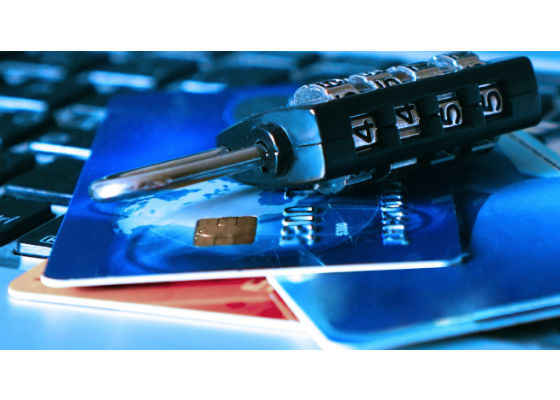Accountability for Security

Recently I attended one of the largest innovation events in the finance industry, Money 20/20. As expected in a conference of this magnitude, the size and social experience felt overwhelming. Although it is marketed as a “financial innovation event”, its scope encompasses virtually all aspects of the payment industry and services business.
 Survey
SurveyMy focus at the conference was around security issues and experiences of customers. The highlight for me was participating in the panel “Solving the Identity Fraud Problem in Financial Services & the Case for the Insured Internet” featuring security industry leaders such as; the legendary Frank Abagnale, Ori Eisen of Trusona, and Mark Nelsen of Visa, as well as Jeremy Grant from The Chertoff Group as moderator. The more we all talked, the clearer the threat of digital security became to us. Many of us had undergone the nuisance of frequently having to change our credit cards due to fraudulent activity. Everyone on the panel agreed that security will be a priority moving forward for the payment industry.
The Identity Fraud Problem
I have experienced the pain and frustration myself. A few months ago I received a call from my credit card’s fraud protection line asking if I was anywhere near Nebraska, which I was not. Thankfully, my account hadn’t been breached or compromised, but I was forced to change my credit card for the 3rd time this year. My email became jammed for the next week with notifications informing me of services that had been halted due to the old card no longer working. I know I’m not the only one this has happened to. Millions of people are affected by credit card fraud each year. Collectively, this problem is growing and impacts everyone in the purchasing chain, from customers to merchants.
Consumer Purchase: Storefront vs. Online Shopping via PC
Relating this back to our panel, all of us kept saying, “Who’s accountable for these hacks? Who takes responsibility?” A lot of it comes down to the point of sale and the stark difference between purchasing products physically in a store and purchasing at home from a computer. Truthfully, a PC storefront appeals to me more as it offers a superior overall experience as a customer. But the convenience of an online shopping experience is also a draw to many. The consumer has full control to browse at their leisure and explore possible items for purchase in depth. The downside of the online shopping experience is increased security risk.
The Point of Purchase
The simple act of trying to pay can become painful not only for consumers, but for companies as well, which is why Intel decided to take action and encourage the rest of the industry to follow suit. It all comes down to the point of purchase.
We realized something had to be done to protect the customers choosing a PC shopping experience, which is where some of our recent initiatives and partnerships with Visa, PayPal, Lenovo, and even China Union Pay came from. The right technology can enhance the trust in the devices and those using them, to improve the security of digital transactions.
Protecting the Customers Assets
Everything circles back to protecting the customer, which to an even finer degree means protecting the customer’s PC. How Intel has done this is by giving individual applications within the PC the ability to recognize and protect their most valuable assets in something we’ve dubbed “the enclave”, also known asIntel Software Guard Extensions. This means that even if the system itself is compromised, say with malware for example, an application can shield important information and block it from threats, thus keeping sensitive data from being exposed.
Payments and Security
Getting to talk about Intel’s efforts with security and forming new partnerships made Money20/20 a memorable event, and one that I know I’ll look forward to every year. The conference proved to be impressive in size, scope, innovations, and great people who believe technology innovation can help make the payment industry more secure and a better experience for end-users.
Thank you for reading my blog! I would like to hear your thoughts on how to crack the security challenges in the payment industry. If you enjoyed this post, follow me on LinkedIn and Twitter (@RJEche) for future insights, industry best practices, and discussions
For more such intel Machine Learning and tools from Intel, please visit the Intel® Machine Learning Code
Source: https://software.intel.com/en-us/blogs/2016/12/20/accountability-for-security